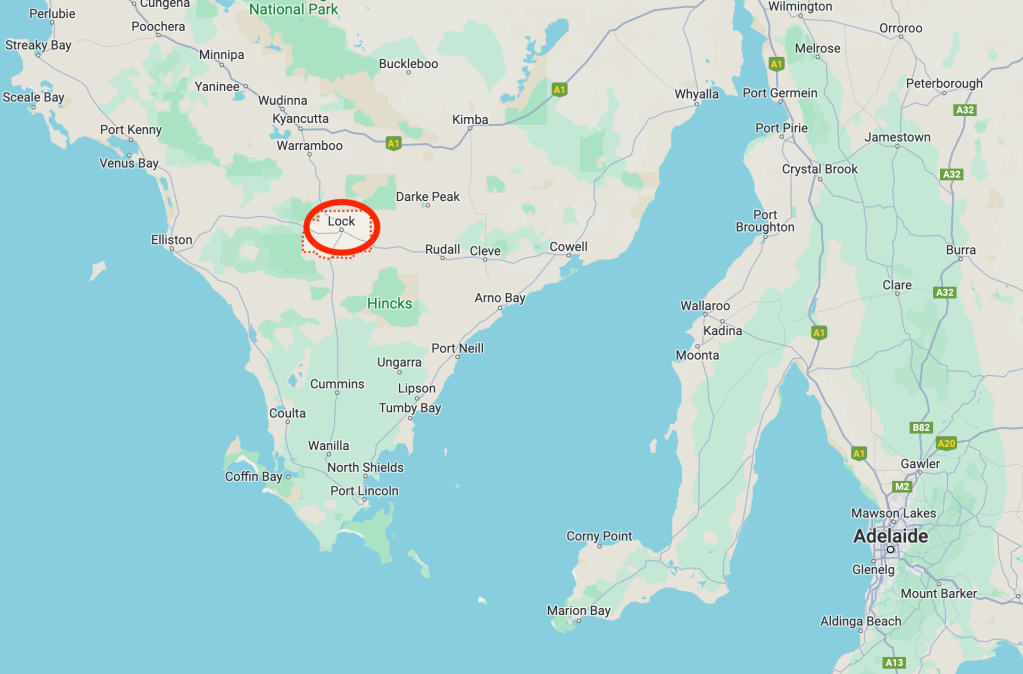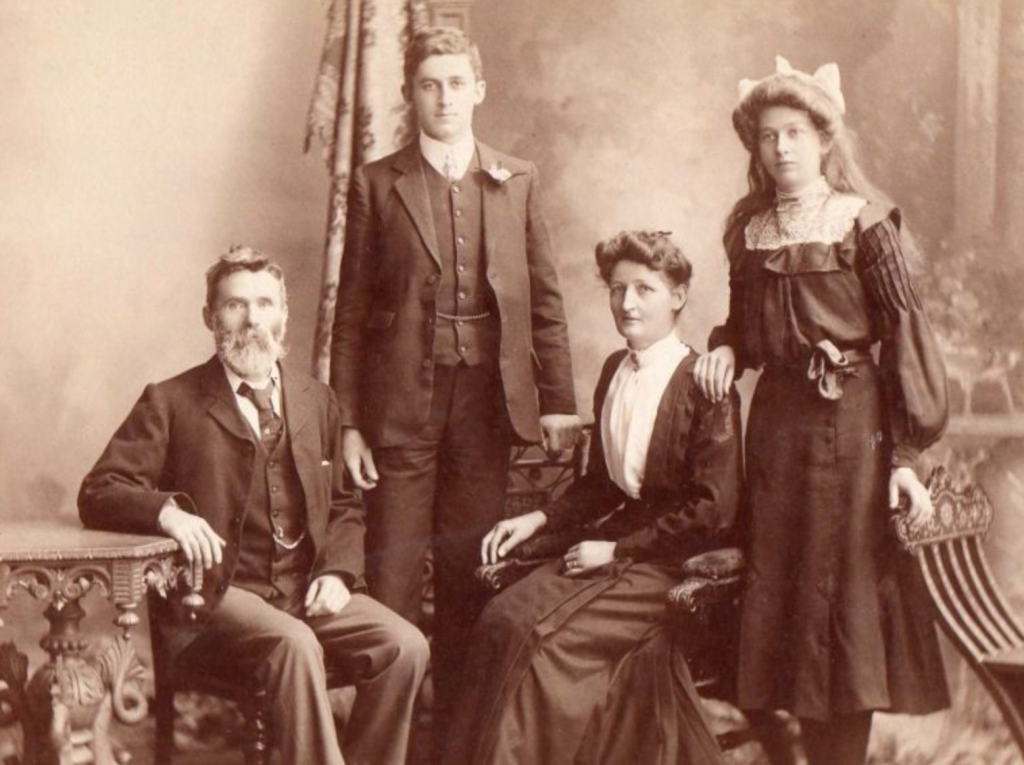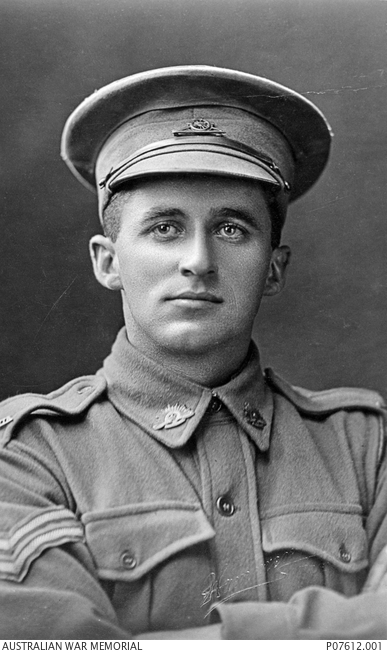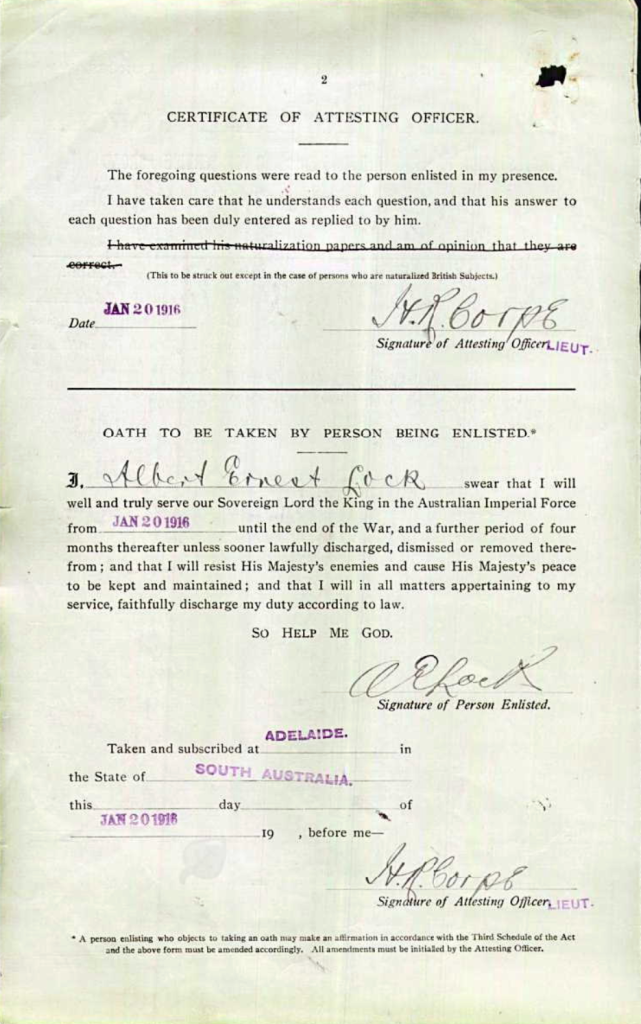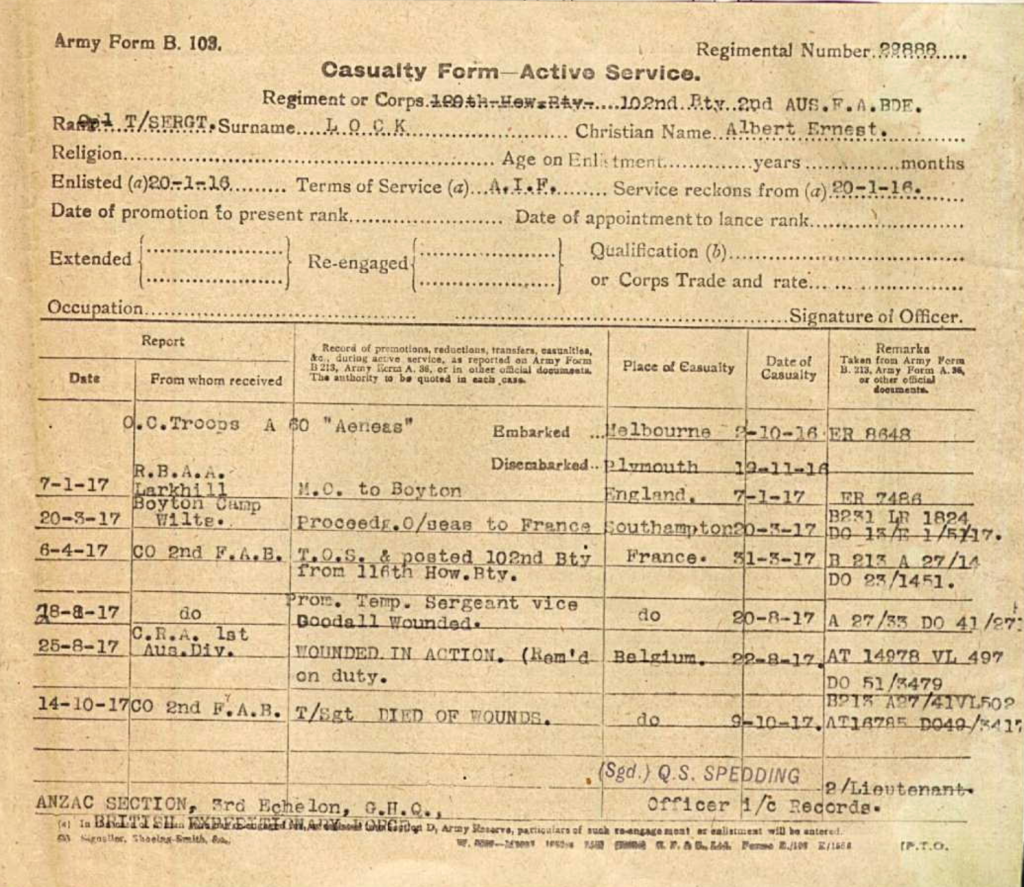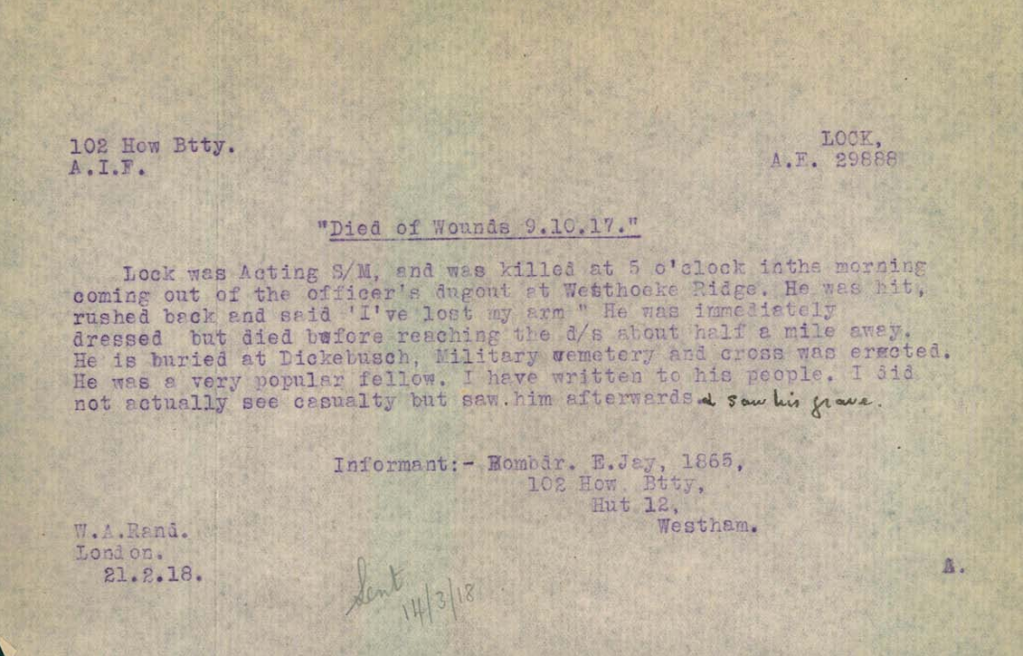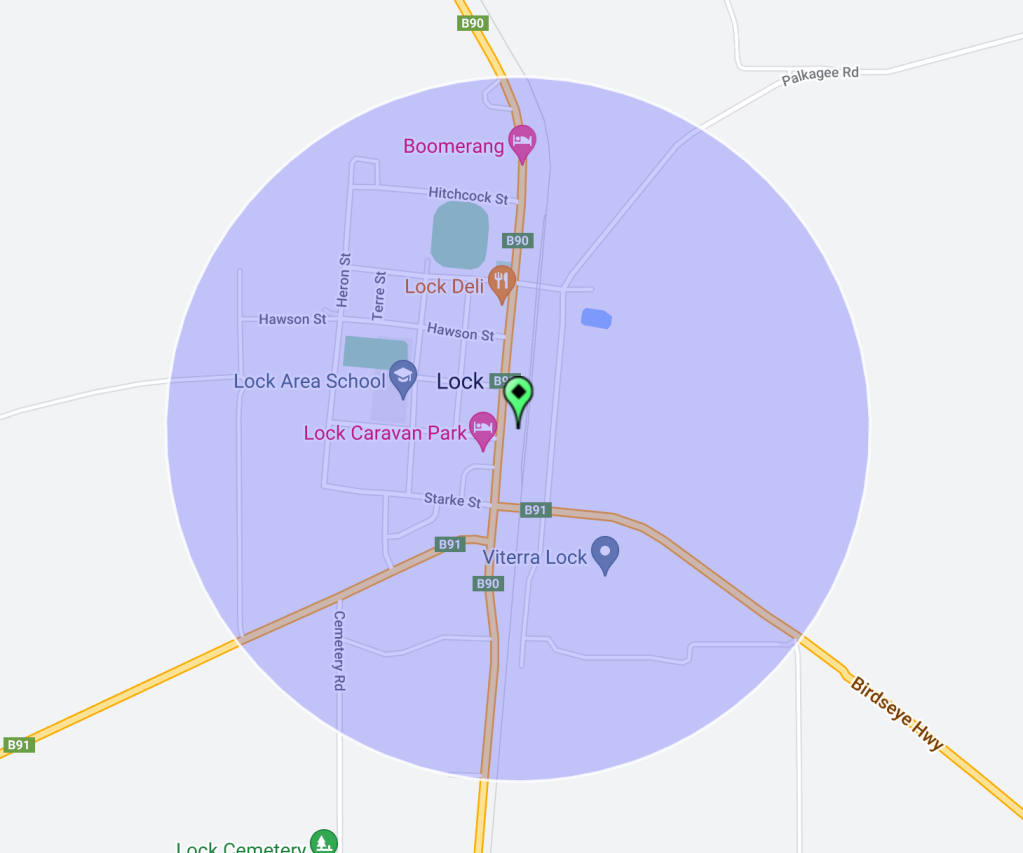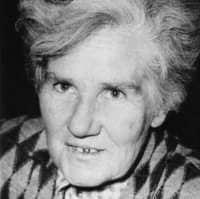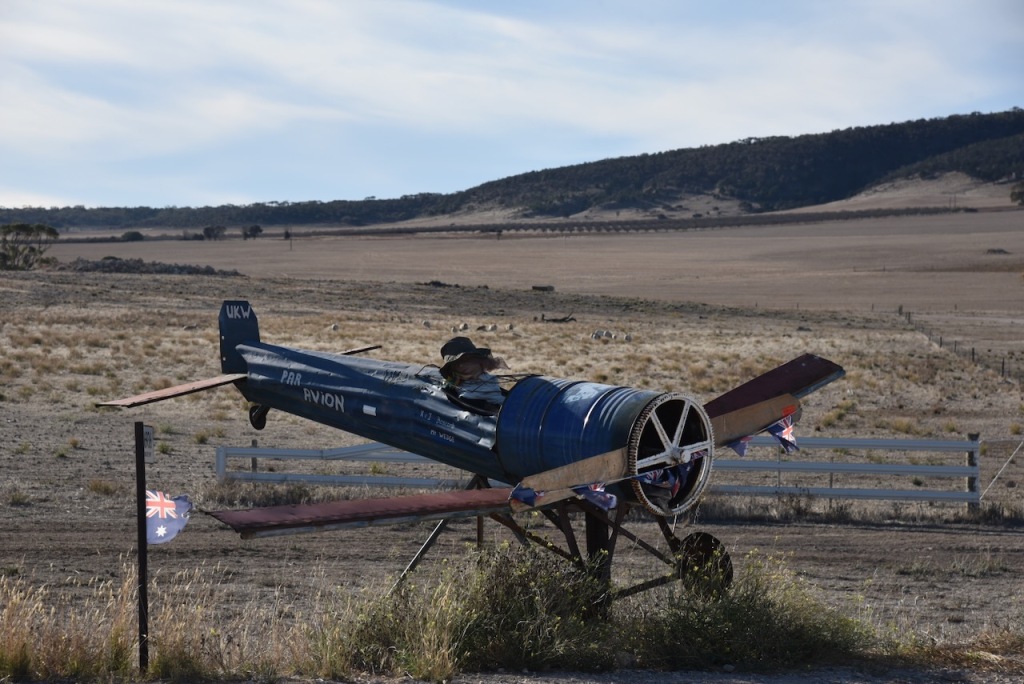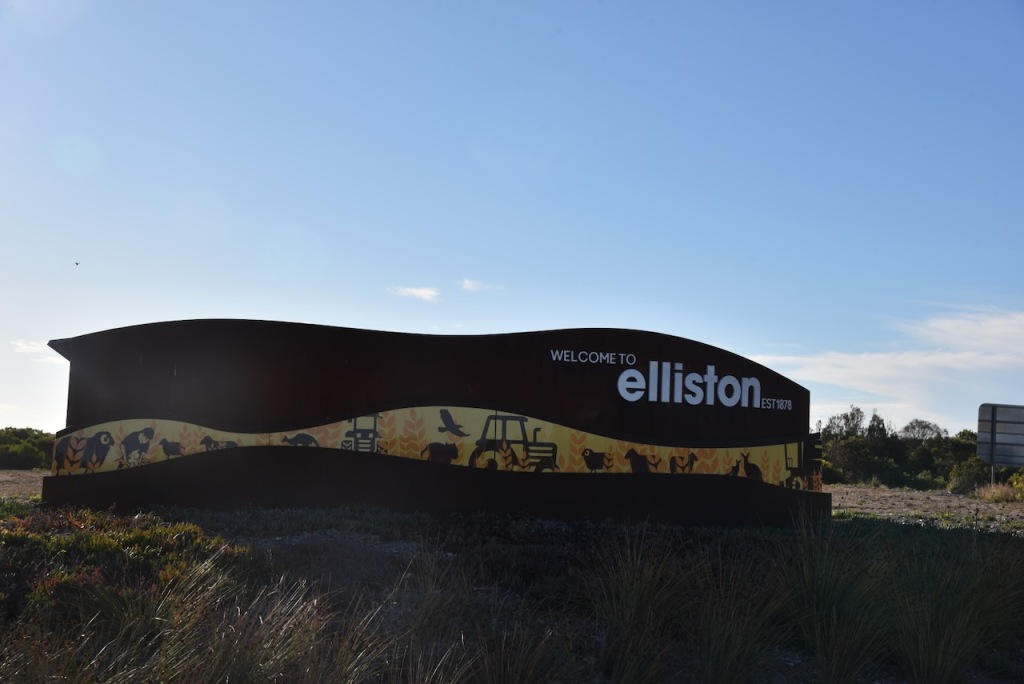After leaving Darke Peak I headed to Lock, about 50 km away in the centre of the Eyre Peninsula. Lock is about 594 km from Adelaide. My intentions were to get a bite to eat and then activate the Lock silo VK-LCK5.
Above:- Map showing the location of Lock on the Eyre Peninsula. Map c/o Google Maps.
The town of Lock was surveyed in January 1918 by C.M. Hambidge. It was named in honour of a fallen soldier of the First World War, Sergeant Albert Ernest Lock. The town was proclaimed on the 7th day of March 1918. This followed requests from local people for building allotments adjacent to the Terre railway station. The Lock Post Office opened on the 1st day of January 1923. (Place Names 2012)
Albert Ernest Lock was born on the 9th day of June 1887 at Bridgewater, South Australia. His parents were Alfred Lock and Mary Jessie Ann Lock nee Le Gallez. He had one younger sister, Marjorie Ellen. Albert attended Prince Alfred Way College. After leaving school he worked as a clerk and civil engineer with the South Australian Department of Lands. (ancestry.com.au) (Virtual War Memorial 2024)
Above:- Albert with his parents and sister. Image c/o ancestry.com.au
On the 20th day of January 1916, Albert enlisted with the Australian Imperial Force. (Virtual War Memorial 2024)
Above:- Albert Ernest Lock. Image c/o Australian War Memorial.
On the 3rd day of October 1916, he sailed from Melbourne aboard HMAT A60 Aeneas. Following training on Salisbury Plain he left for France with the 120th Howitzer Battery. (Virtual War Memorial 2024)
Above:- Attestation certificate of Albert Lock. Image c/o ancestry.com.au
Albert’s service number was 29888. He served with the 2nd Field Artillery Brigade. (Virtual War Memorial 2024)
Above:- Albert Lock with his Artillery Reinforcements colleagues. Image c/o Virtual War Memorial.
Albert was killed in action on the 9th day of October 1917, at Passchendale, Ypres, Belgium. He was just 29 years old. (ancestry.com.au)
Above:- Casualty form for Albert Lock. Image c/o ancestry.com.au
The following was reported in military documentation by one of his colleagues:
“Sgt Lock …was hit by a piece of shell up by Westhoek Ridge and taken by our men to a Dressing Station and died going down. He is buried at Dickenbush Cemetery and a cross was erected. I saw him hit as I was only a few yards away, but I was not at the burial, several of our boys were.”
Another stated:
“Lock was Acting S/M and was killed at 5 o clock in the morning coming out of the officer’s dugout at Westhoeak Ridge. He was hit, rushed back and said ‘Ive lost my arm’. He was immediately dressed but died before reaching the d/s about half a mile away……..He was a very popular fellow.”
Above:- Report his Albert’s death. Image c/o Virtual War Memorial.
He was buried at The Huts Military Cemetery, Dickebusch, Belgium. He is the only known WW1 soldier to be honoured in Australia by having a town named after him. (ancestry.com.au) (Lock Facebook 2024) (Virtual War Memorial 2024)
Above:- Albert’s headstone at The Huts Military Cemetery. Image c/o ancestry.com.au
The town of Lock is located in the geographic centre of the Eyre Peninsula. It is surrounded by predominantly flat farming land. Lock’s population is about 290 people. (Wikipedia 2024)


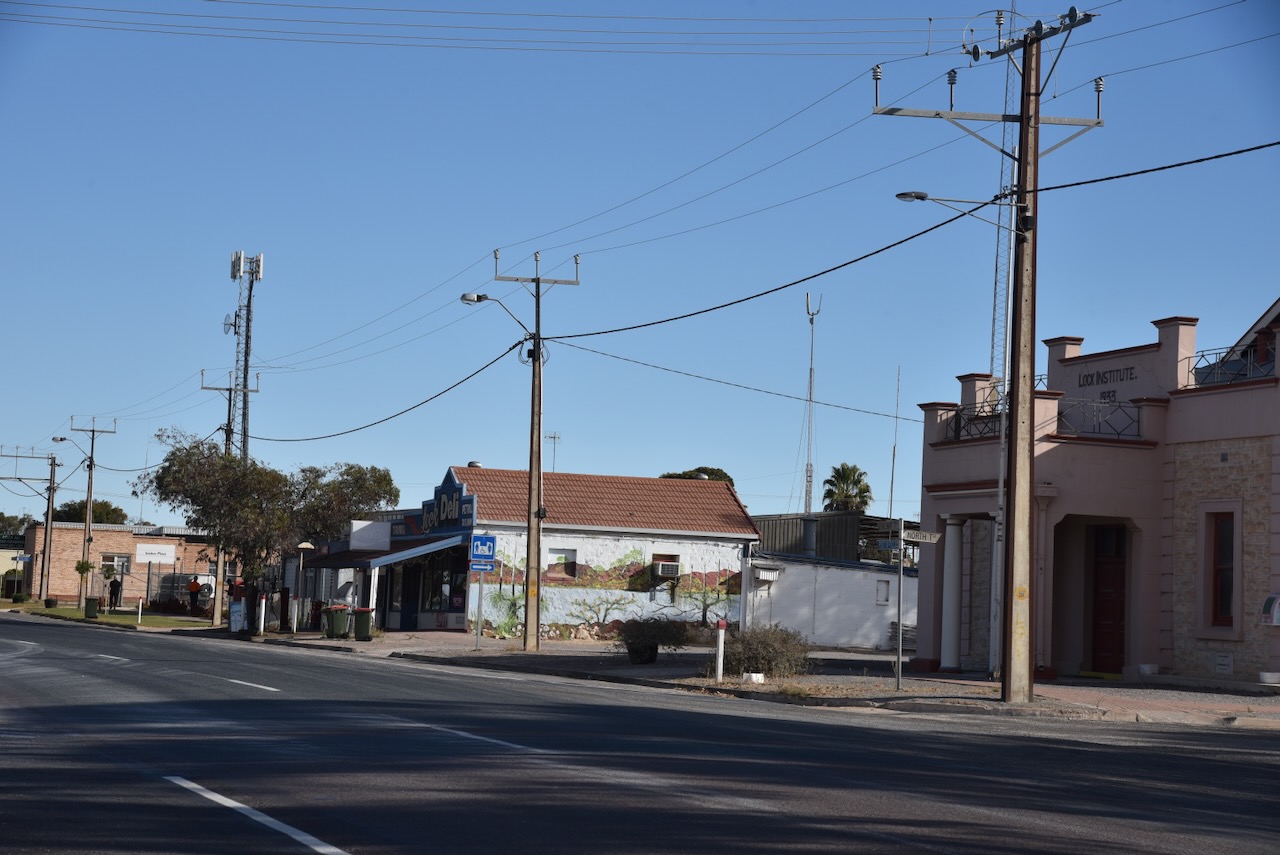
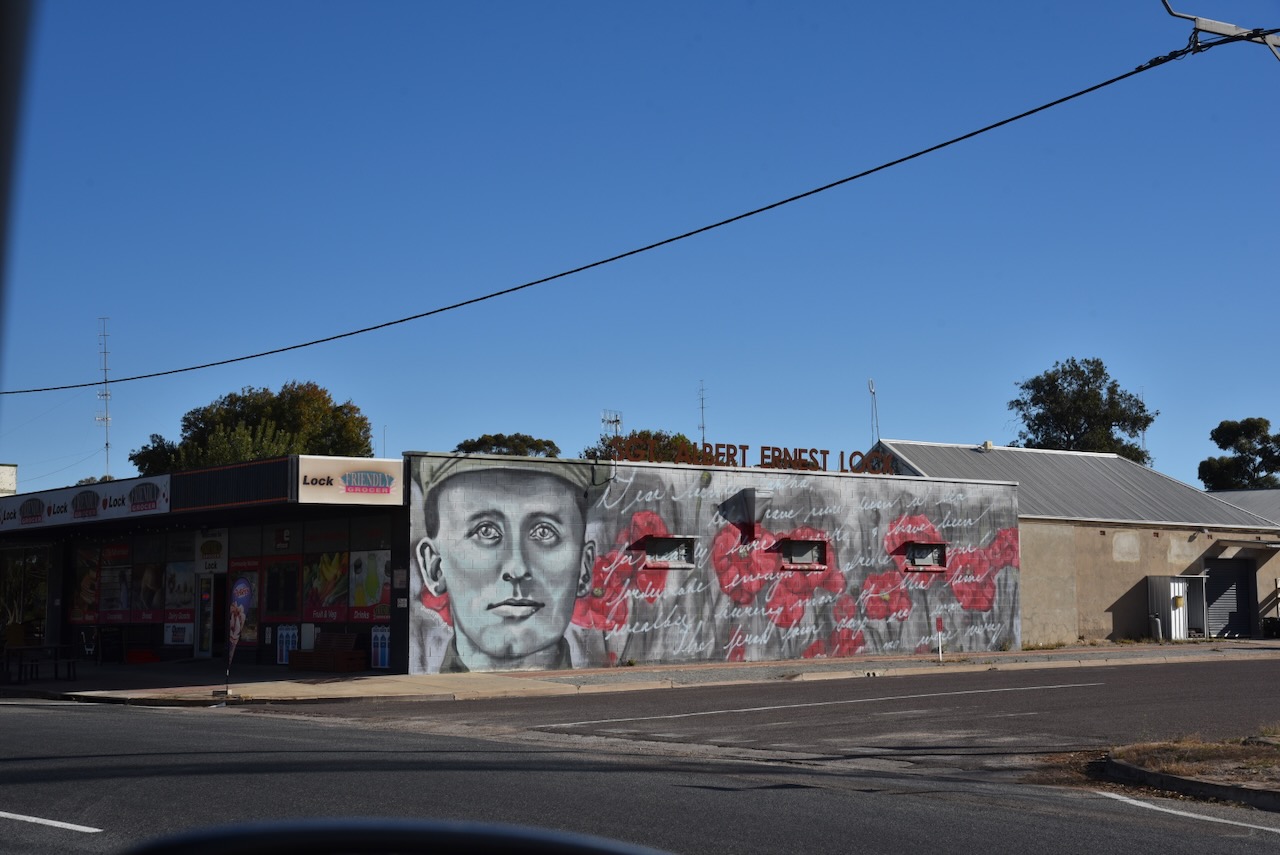
The Lock silos are located on the eastern side of Railway Terrace.


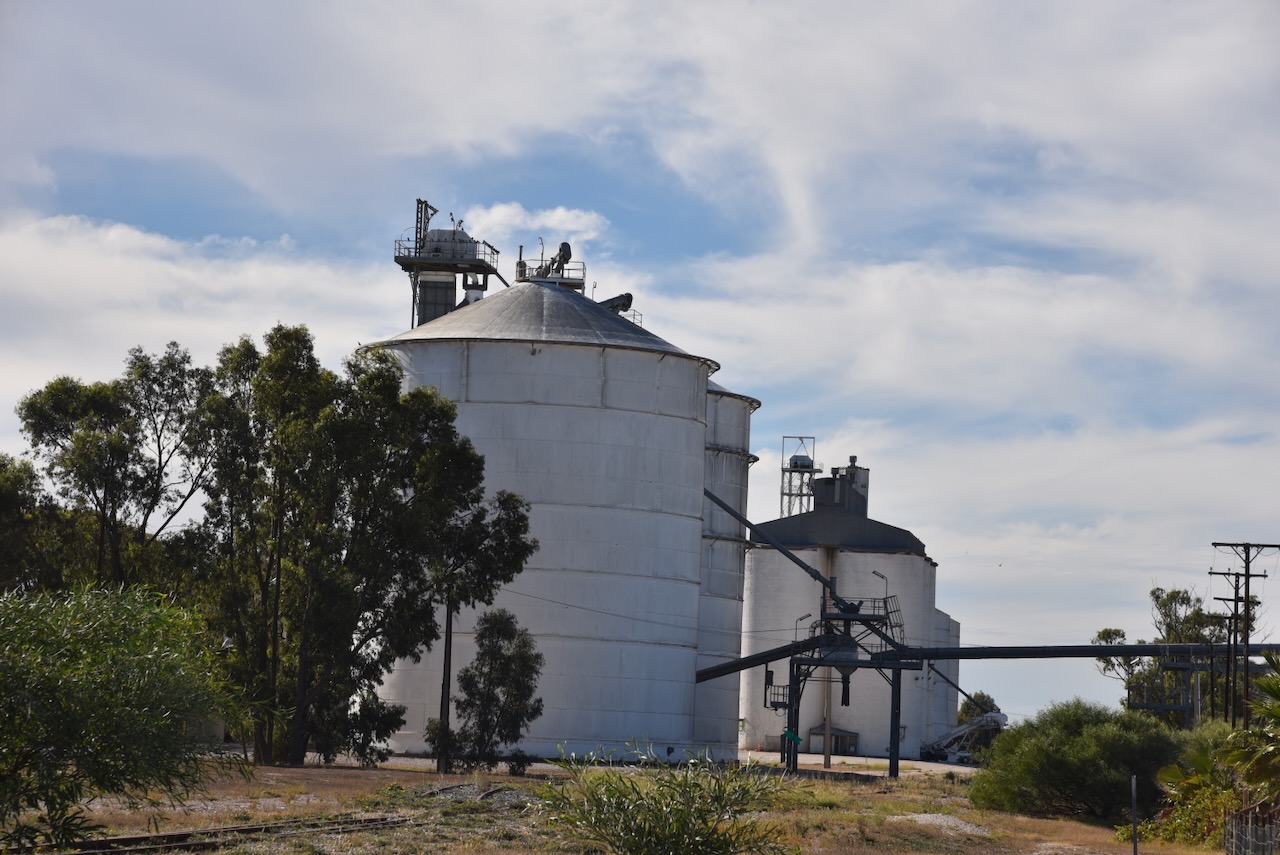
After getting some lunch at the Lock bakery, I headed to the Lock silos.
I parked adjacent to the silos and ran the Icom IC-7000, 100 watts, and the Codan 9350 antenna with the 1.5 metre stainless steel ship.
Above:- the activation zone of the Lock silo. Image c/o SiOTA website.
I worked the following stations on 20m SSB:-
- VK4EMP
- VK4TI
- VK1AO
- VK2MET
- VK4NH
- VK4DXA
- VK3APJ
- VK5MAZ
- VK3PF
- VK3VIN
- VK6AB
- VK3EJ
- VK3PWG
- VK3CMA/p (Whroo Natural Features Reserve VKFF-2229)
I worked the following stations on 40m SSB:-
- VK3PF
- VK5MAZ
- VK3APJ
- VK5TUX
- VK5FANA
I left Lock and headed to Elliston about 92 km to the west.
I stopped at the Sylvia Birdseye memorial on the Birdseye Highway.
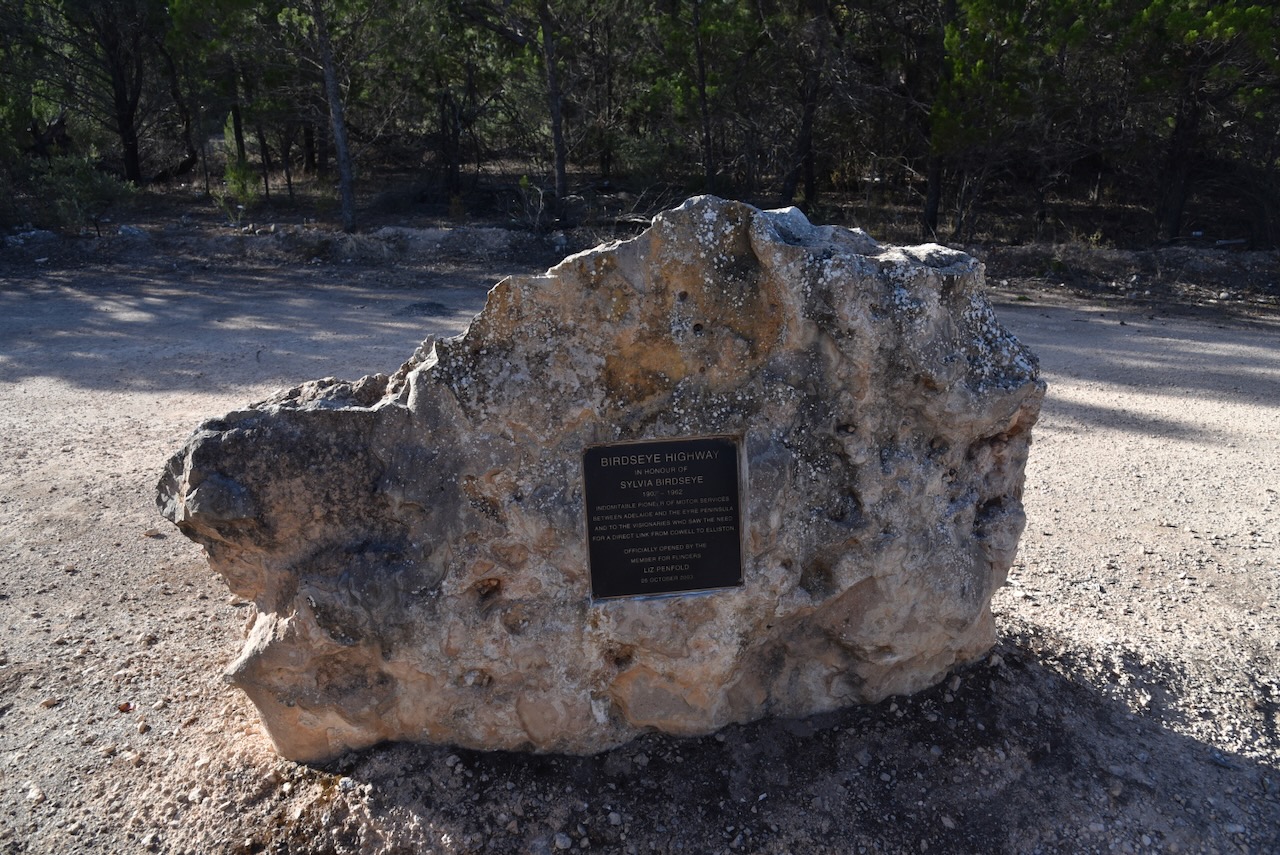
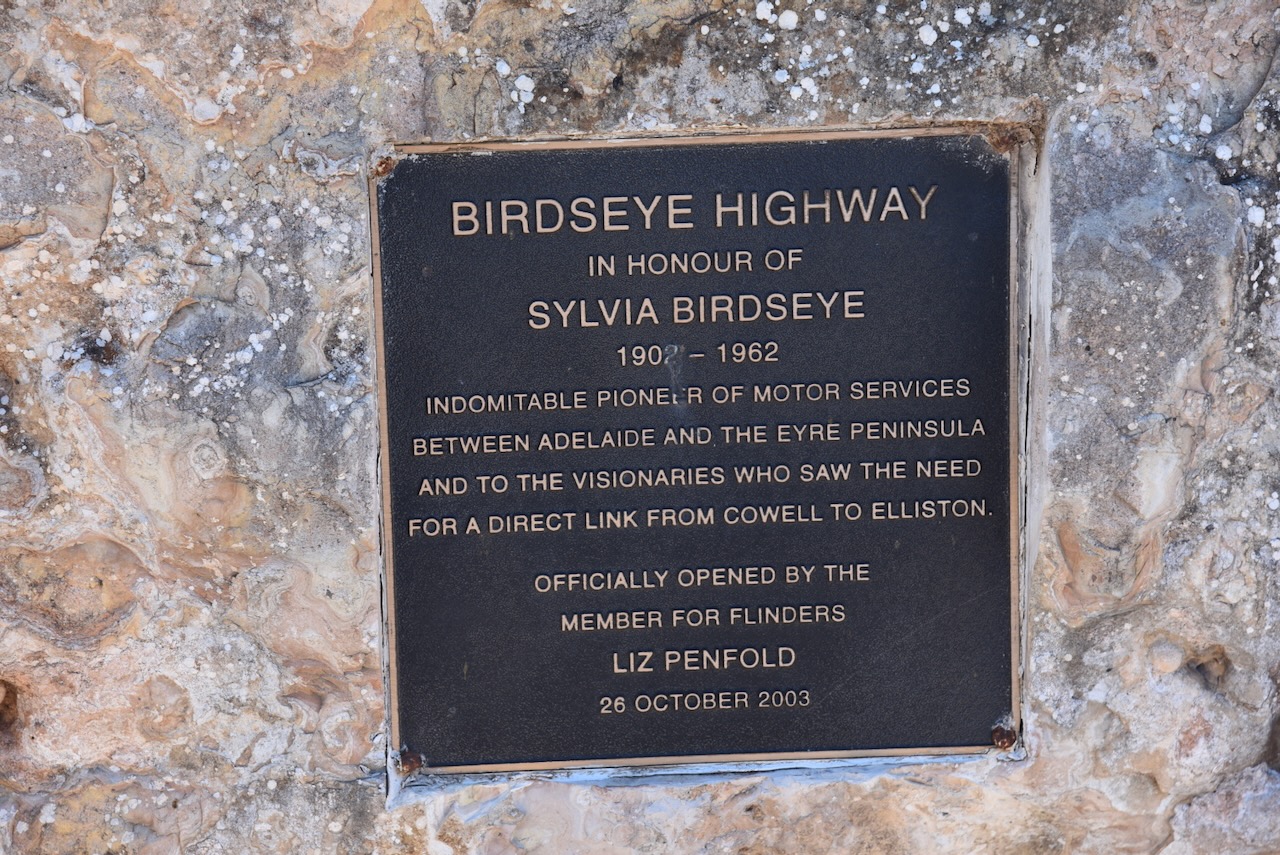
Sylvia Jessie Catherine Merrill was born on the 26th day of January 1902 near Port Augusta. Her parents were Charles De Witt Merrill and Elizabeth Ann Merrill. In 1921 Sylvia moved to Adelaide to work in the office of a family friend Alfred Birdseye. He had established South Australia’s first motor transport, the Adelaide to Mannum bus. Bored with office work and finding bus driving more appealing, Sylvia obtained a commercial bus driving licence. She was the first woman in South Australia to do so. (Eyre Peninsula Facebook 2024) (Wikipedia 2024)
In October 1923 she married Alred’s son, Sydney Birdseye. Following the sale of the Mannum service in 1926, Sylvia and Sydney commenced a bus service between Adelaide and Port Augusta. They subsequently extended the services to Port Lincoln, Streaky Bay and Ceduna. (Eyre Peninsula Facebook 2024) (Wikipedia 2024)
Above:- Birdseye bus service vehicles, c. 1926. Sylvia is on the far right. Image c/o State Library South Australia.
Prior to the Second World War, the roads on the Eyre Peninsula were extremely rough dirt tracks. Sylvia Birdseye had a reputation for her driving skills and toughness. He wore overalls, changed her own tyres and conducted her own maintenance on the vehicles. (Eyre Peninsula Facebook 2024) (Wikipedia 2024)
In 1946, Sylvia was driving a bus and became bogged south of Whyalla. Sylvia and her 25 passengeres were isolated by flood waters for a total of 8 days and rations werte required to be dropped to the starnded group by aircraft. (Wikipedia 2024)
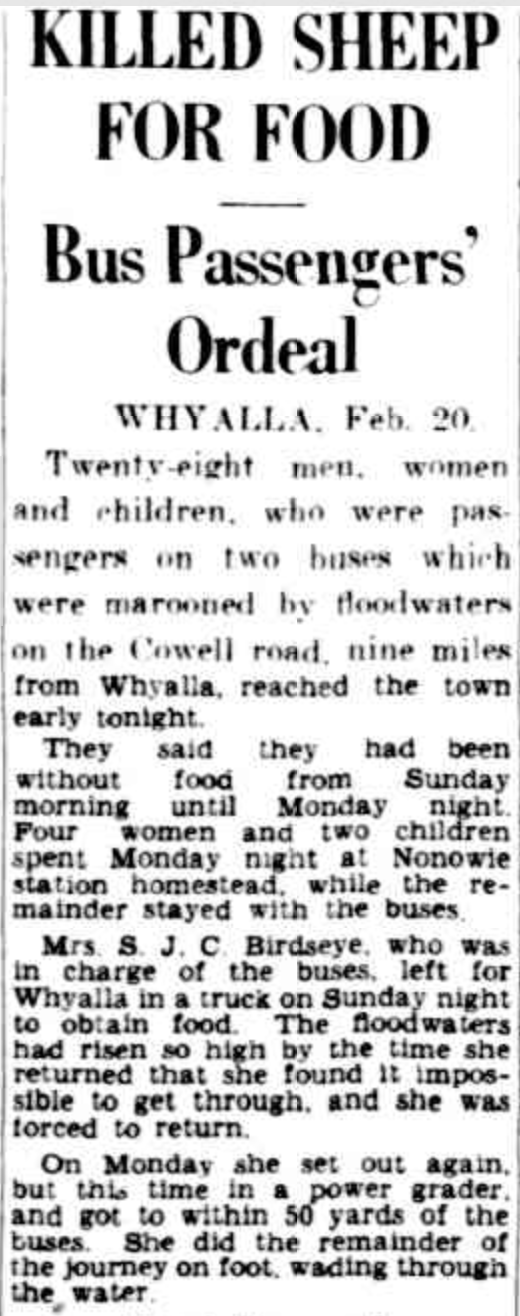
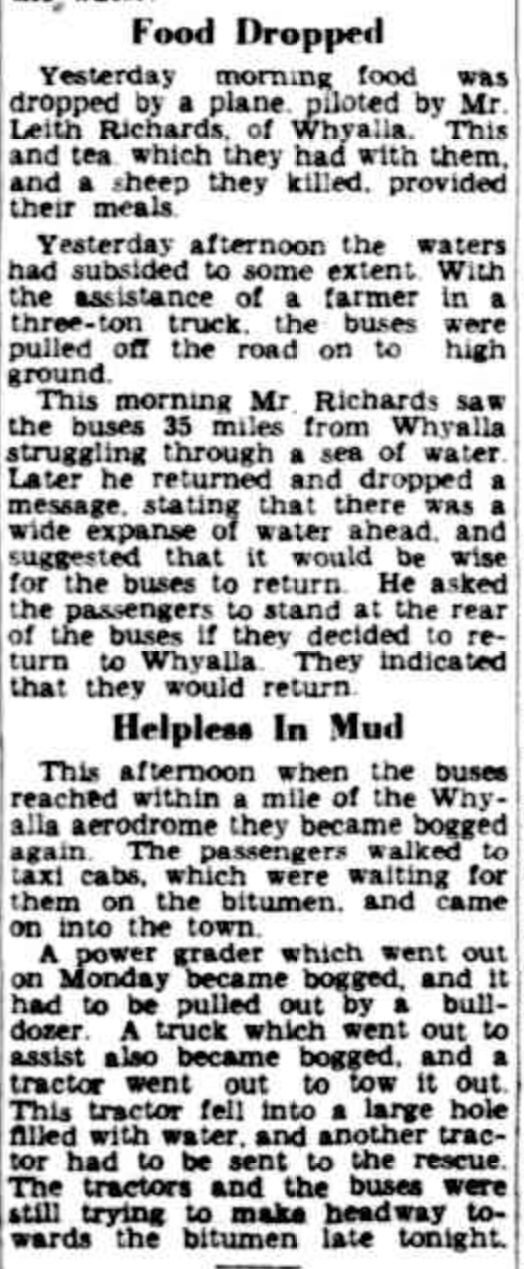
Above:- Article from The Advertiser, Thu 21 Feb 1946. Image c/o Trove.
Following the death of her husband in 1954, Sylvia continued to oeprate the service. In 1962 whilst preparing for a service to Port Lincoln, she suffered a stroke and sadly, died the following day. (Wikipedia 2024)
The Birdseye Highway on the Eyre Peninsula is named in her honour. It was the first highway in South Australia to be named in honour of a lady. (Wikipedia 2024)
I continued west on the Birdseye Highway passing Mount Wedge.
I found this very interesting post box outside a property on the highway.
After about an hour I reached Elliston.
I booked into my accomodation at the Elliston caravan park.

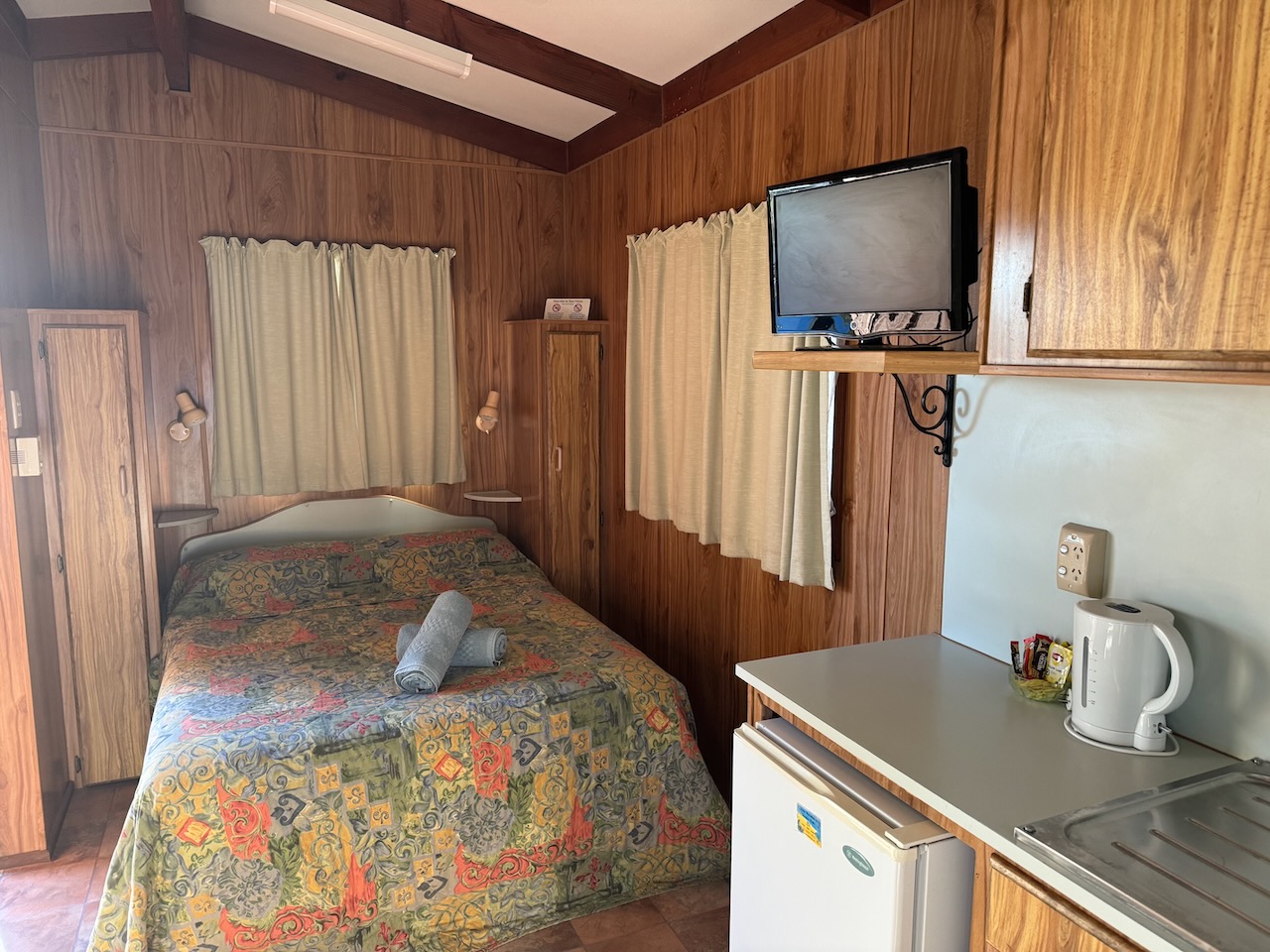
I then headed to the local roadhouse for a steak sandwich and enjoyed a magnificent sunset.



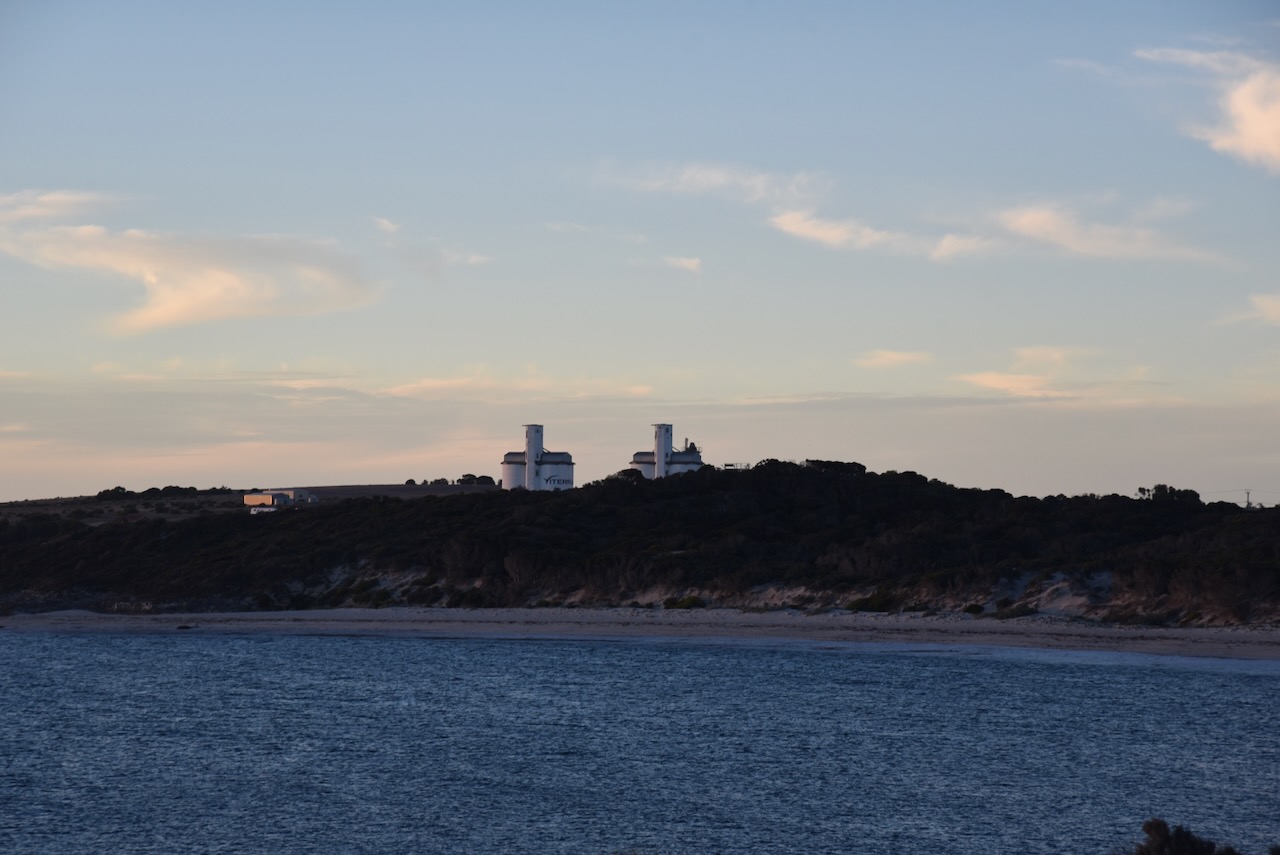

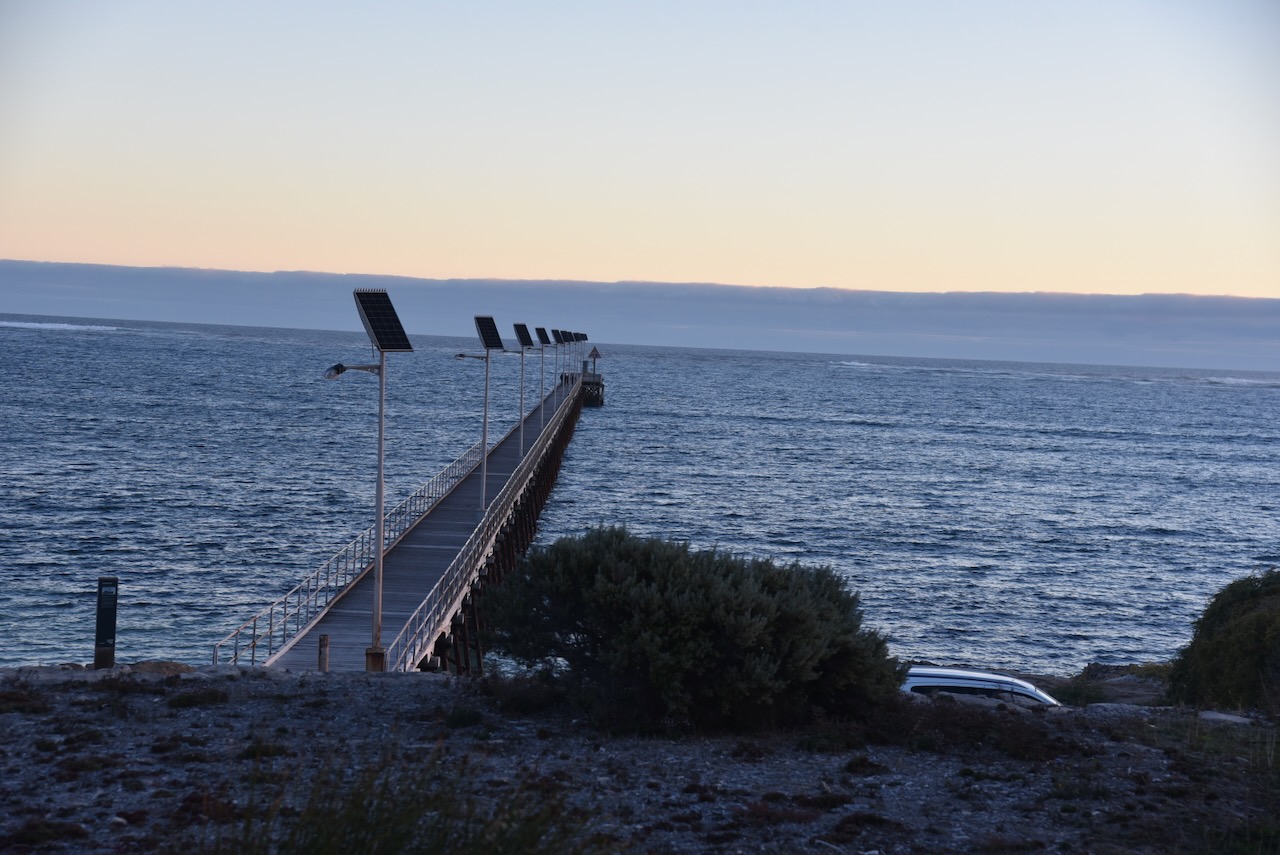
Atter my dinner I headed out to the Lake Newland Conservation Park for an activation.
References.
- Dcceew.gov.au. (2023). Collaborative Australian Protected Areas Database (CAPAD) 2022 – DCCEEW. [online] Available at: https://www.dcceew.gov.au/environment/land/nrs/science/capad/2022.
- published.collections.slsa.sa.gov.au. (n.d.). A Compendium of the Place Names of South Australia. [online] Available at: https://published.collections.slsa.sa.gov.au/placenamesofsouthaustralia/ [Accessed 4 Jun. 2024].
- vwma.org.au. (n.d.). Albert Ernest (Bert) LOCK. [online] Available at: https://vwma.org.au/explore/people/229985 [Accessed 4 Jun. 2024].
- Wikipedia. (2022). Lock. [online] Available at: https://en.wikipedia.org/wiki/Lock.%5BAccessed 4 Jun. 2024]
- Wikipedia. (2023). Sylvia Birdseye. [online] Available at: https://en.wikipedia.org/wiki/Sylvia_Birdseye [Accessed 4 Jun. 2024].
- http://www.facebook.com. (n.d.). Log in or sign up to view. [online] Available at: https://www.facebook.com/LockMuseum/ [Accessed 4 Jun. 2024].
- http://www.facebook.com. (n.d.). Log in or sign up to view. [online] Available at: https://www.facebook.com/groups/853025608099512 [Accessed 4 Jun. 2024].

